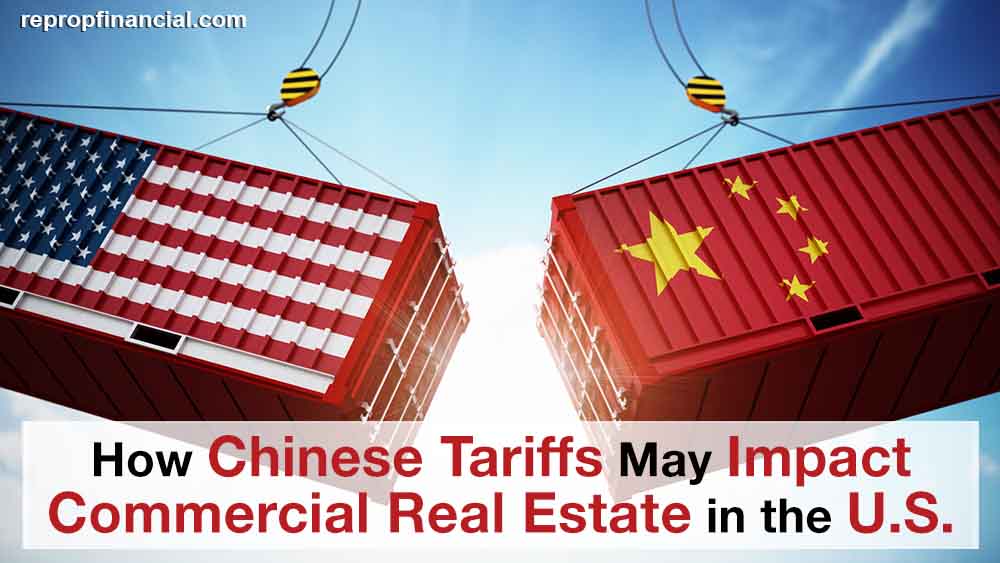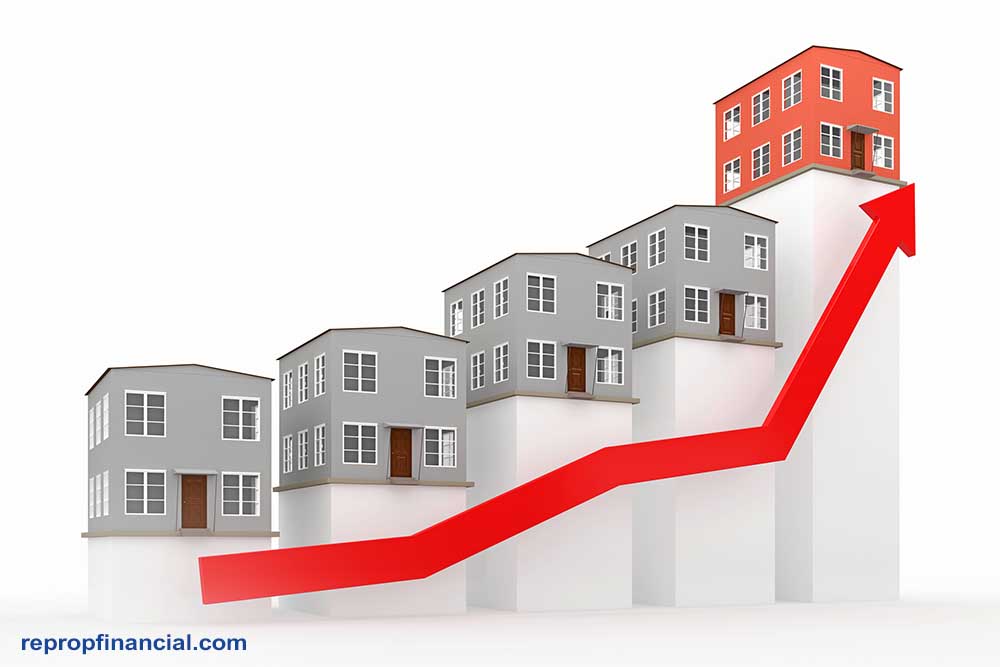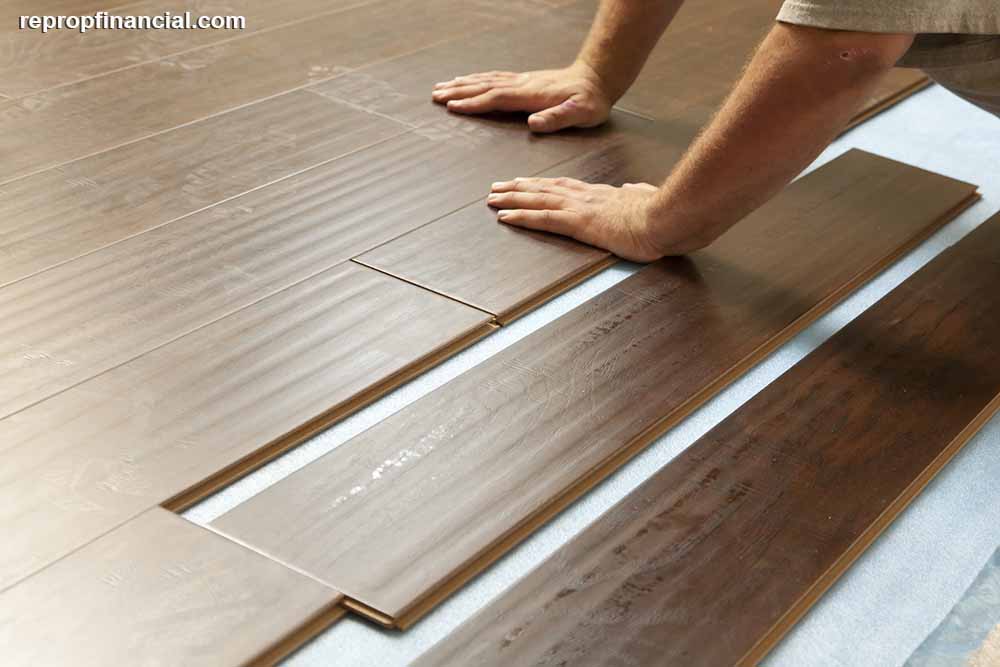
Recent trade negotiations between the United States and China have resulted in the raising of tariffs from 10 percent to 25 percent on many Chinese imports in May of 2019, which prompted fears in the construction industry that certain materials would increase steeply in price. These fears were allayed to some extent on May 17, 2019, when President Trump lifted the tariffs previously in place for steel and aluminum coming in from Canada and Mexico. The increased cost of Chinese materials, however, is expected to have a significant effect on the cost of commercial real estate (CRE) in the next few years.
An Increased Cost of Doing Business
Higher Prices for Commercial Properties

Adjunct Costs Also Rising

Added Costs for Consumers



